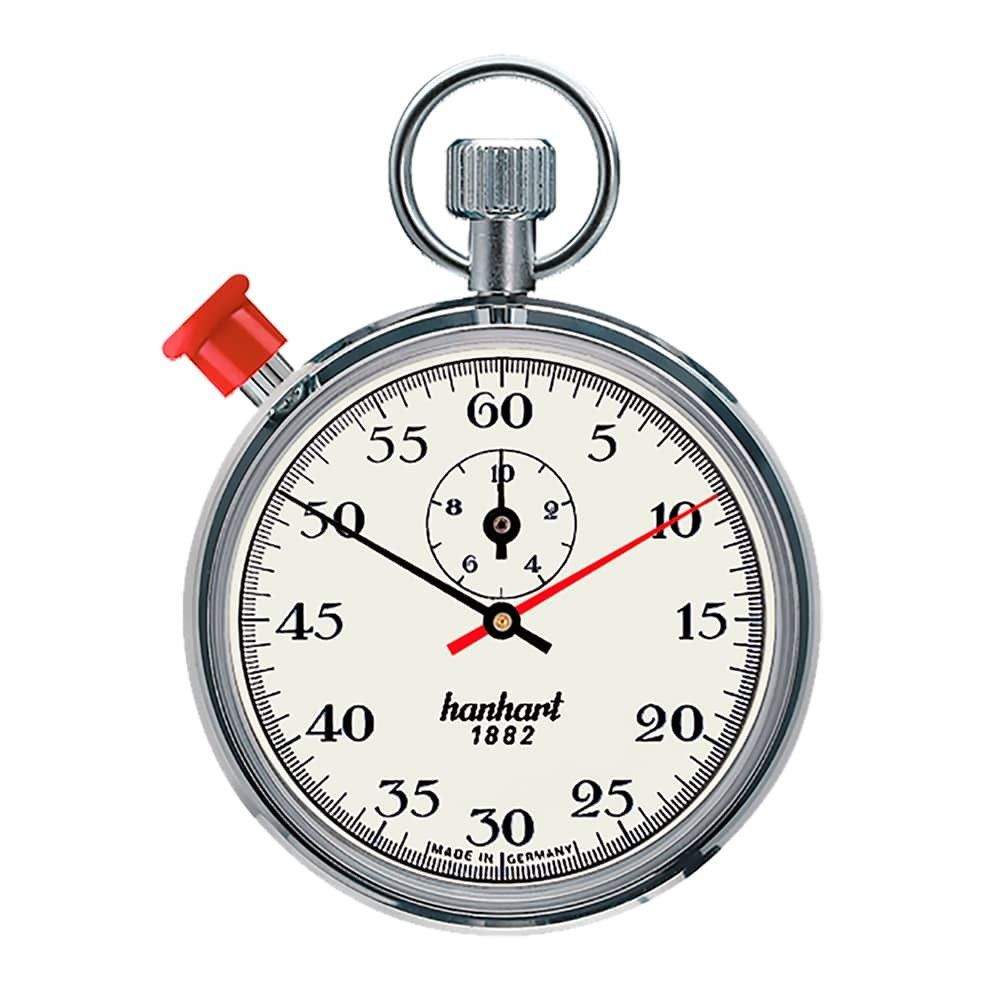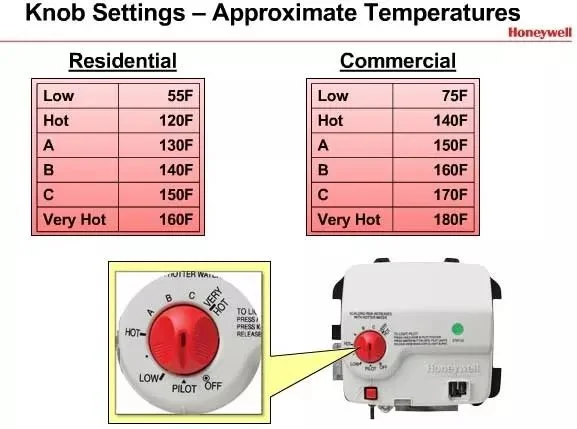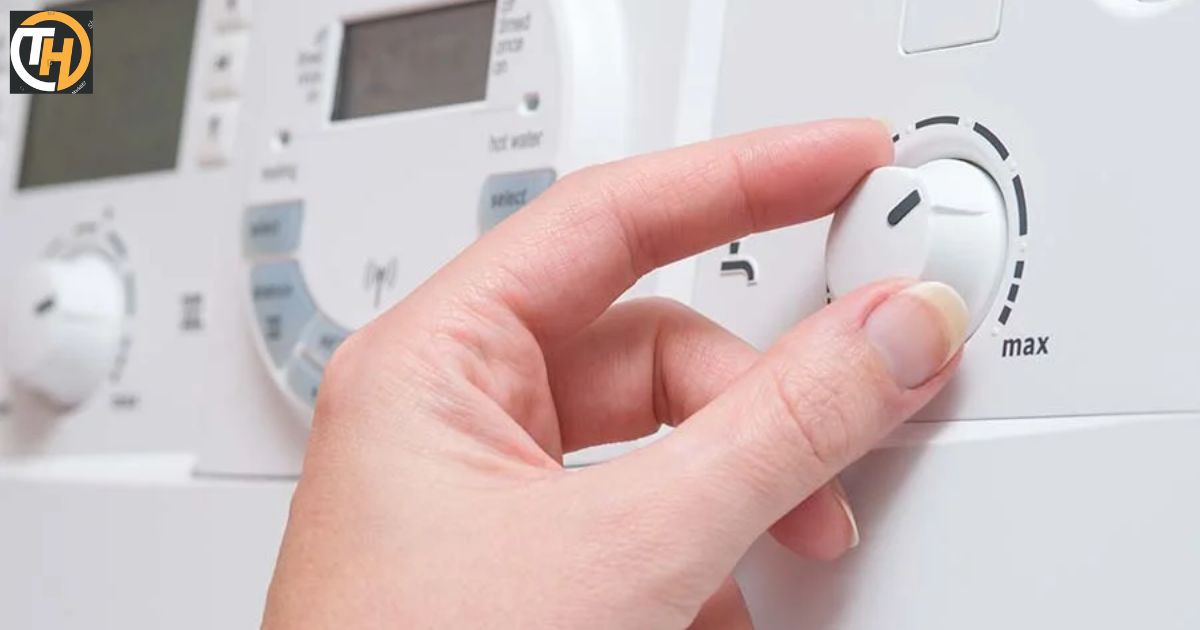A tankless water heater, also known as an on-demand or instantaneous water heater, is a device that instantly heats water as it flows through the unit, without the need for a storage tank. It’s a modern solution for residential and commercial hot water needs, offering significant energy savings and a continuous hot water supply.
Imagine stepping into a shower on a cold winter morning, expecting a stream of warm water; however, only to be greeted by an icy chill. Brrr! That’s a situation no one wants to find themselves in.
Adjusting the temperature on a tankless water heater is usually a straightforward process. Remember, while it’s nice to have hot water at your disposal, it’s important to set a safe and energy-efficient temperature, typically around 120°F (49°C).
Understanding Your Tankless Water Heater
Before you begin adjusting the temperature, it’s crucial to have a deep understanding of the basic components of your tankless water heater. These heaters work by heating water as it passes through the unit, providing an endless supply of hot water. The temperature is controlled by a thermostat, which can be adjusted to suit your preferences.
How Tankless Water Heaters Work
Tankless water heaters, also known as on-demand water heaters, operate differently from traditional storage tank water heaters. Instead of storing and reheating a large volume of water, tankless heaters heat water directly as it flows through the unit. This process ensures that you have hot water when you need it, without the energy losses associated with constantly heating a tank of water.
The Role of the Thermostat
Your tankless water heater’s thermostat plays a crucial role in regulating the temperature of the hot water it delivers. Consequently, by understanding how this thermostat works, you can gain better control over the temperature settings.
Ensuring Safety
Turn Off Power
Key Points:
- Safety First: Prior to making any adjustments to your tankless water heater, it is crucial to ensure that the unit’s power is turned off.
- Electrical Mishaps: This precaution helps prevent potential electrical mishaps during the adjustment process.
Use Protective Gear
Key Points:
- Safety Gear: Wearing protective gear, such as gloves and eye protection, is essential when dealing with hot water appliances.
- Preventing Burns: Protective gear is necessary to prevent accidental burns or splashes of scalding hot water during the process.
This safety gear not only shields you from injuries but also ensures that you can confidently proceed with the temperature adjustment.
Steps to Turn Up the Temperature
Locate the Control Panel
Key Points:
- Control Panel Location: The control panel, where you can make adjustments, is typically located on the front of your tankless water heater.
- User-Friendly Interface: The control panel consists of buttons and displays that provide a user-friendly interface for temperature adjustments.
This vital component is usually situated on the front of the unit, and it comprises a range of buttons and displays, facilitating easy adjustments. Here, you’ll find the controls for changing the temperature settings to your desired level.
Power On
Key Points:
- Activate the Unit: To begin the adjustment process, you need to power on the unit.
- Simple Activation: In this process, often involves simply pressing a power button on the control panel.
Activating the unit is the initial action required to make adjustments to the temperature settings.
Access the Settings
Key Points:
- Menu Navigation: Navigate through the control panel’s menu to find the temperature settings.
- Common Labels: Temperature settings are typically labeled as “Temperature,” “Temp,” or “Heat” on the menu.
Look for labels such as “Temperature,” “Temp,” or “Heat.” These labels are commonly used to denote the temperature settings within the menu.
Adjust the Temperature
Key Points:
- Precise Adjustment: Use the control buttons on the panel to increase the temperature to your preferred level.
- Incremental Changes: Most tankless water heaters allow you to adjust the temperature in small increments, often 1-2 degrees Fahrenheit.
Most tankless water heaters provide the convenience of adjusting the temperature in small, incremental changes, typically in the range of 1-2 degrees Fahrenheit. Consequently, this precision allows you to fine-tune the temperature to your exact preference.
Confirm and Save
Key Points:
- Finalizing the Changes: After setting your desired temperature, confirm the adjustments and save the new settings.
- User Interface: This can usually be done by pressing a “Save” or “Enter” button on the control panel, making it a straightforward process.
Most units include a “Save” or “Enter” button that you can press to ensure your adjustments are retained.
Wait for Hot Water

Key Points:
- Adaptation Time: After setting the new temperature, allow a few minutes for the tankless water heater to adapt and provide hot water at the newly set temperature.
- Optimal Temperature: It might take a short while for the unit to reach and stabilize at the desired temperature.
Remember to always prioritize safety and follow the manufacturer’s guidelines for your specific unit to achieve the best results.
Tips for Setting the Right Temperature
Setting the right temperature on your tankless water heater is essential for your comfort and safety. Here are some additional tips to consider:
Safe Temperature Range

Ensure that you set the temperature within a safe range. Furthermore, it’s not recommended to set the temperature too high, as it can pose a scalding risk, especially if you have children or elderly individuals in your home.
Energy Efficiency
Higher temperatures consume more energy, so finding a balance between comfort and energy efficiency is crucial. Experiment with different settings to find the optimal temperature for your needs.
Winter vs. Summer
Consider adjusting the temperature based on the season. You may prefer a slightly higher setting during the winter months to counter the colder incoming water of Tepid. Here’s How to Turn Up the Temp on Your Water Heater:
Why Might You Need to Turn Up Your Water Heater?:
This heading addresses the reasons or situations that might prompt someone to adjust their water heater’s temperature. Specifically, it explores the motivations behind the action.
Safety
This section primarily emphasizes safety considerations related to adjusting the water heater’s temperature. Additionally, it furnishes essential information to ensure the process is carried out safely, effectively preventing accidents or damage.
Cleaning
In this section, the article likely discusses the importance of maintenance and cleaning as part of the process. Clean components can contribute to efficient heating.
My Water Heater Located
This heading aims to help readers locate their water heater. It’s important because some people might not be aware of the heater’s location in their home.
Turn Up Your Water Heater:
This is the practical part of the article that provides step-by-step instructions on how to adjust the temperature of a water heater. It’s the heart of the content, guiding readers through the process.
Precautions Should You Take When Turning Up Your Water Heater
This section elaborates on safety precautions in more detail. It offers specific tips and measures to ensure that readers are well-prepared before making any adjustments.
Hot or Cold Does Your Water Heater Go
This part of the article might discuss the temperature range of water heaters. It provides information on the heating capabilities of these appliances.
Turning Up Your Water Heater Increase Your Utility Bills
This heading addresses the financial aspect of adjusting the water heater’s temperature. It explores whether there are cost implications associated with making the water hotter.
What If Turning It Up Doesn’t Solve the Issue
This section anticipates potential problems or challenges that may arise even after adjusting the water heater. It might suggest what to do next or whom to contact for further assistance.
here’s a summary table of the article with key points and descriptions for each section:
| Section | Key Points | Description |
| Introduction | Tankless water heaters provide on-demand hot water. The desired water temperature can be adjusted. | Introduces the topic and sets the context. |
| Why Might You Need to Turn Up Your Water Heater? | Adjusting the temperature for personal comfort. Balancing energy efficiency with comfort. | Explores the reasons for considering a temperature adjustment. |
| Safety | Tankless water heaters provide ondemand hot water. The desired water temperature can be adjusted. | Focuses on safety precautions when making adjustments. |
| Cleaning | Regular maintenance ensures efficient heating. | Discusses the role of cleaning and maintenance in the process. |
| Where Is My Water Heater Located? | Helps readers locate their water heater. | Provides guidance on finding the water heater in the home. |
| How to Turn Up Your Water Heater | Turning off power for safety and wearing protective gear to prevent burns. | Details the practical process of changing the temperature. |
| Turning Up Your Water Heater? | Offers specific safety measures to follow. | Elaborates on safety precautions in more detail. |
| How Hot or Cold Does Your Water Heater Go? | Explains the temperature range of water heaters. | Provides information about the heating capabilities. |
| Turning Up Your Water Heater Increase Your Utility Bills? | Explores the financial implications. | Discusses whether adjusting the temperature affects costs. |
| What If Turning It Up Doesn’t Solve the Issue? | Addresses potential challenges and next steps. | Provides guidance on what to do if the adjustment doesn’t work. |
This table summarizes the key points and descriptions of each section, making it easier for readers to grasp the content of the article at a glance.
Conclusion
Adjusting the temperature on your tankless water heater is a simple process that ensures you have hot water at your preferred temperature. However, it’s important to always follow safety precautions and manufacturer instructions. With these considerations in mind, you can now enjoy the comfort of hot water that suits your needs.
As with any appliance, understanding how to properly use and maintain your tankless water heater will ensure it serves you well for many years. Remember, when in doubt, always refer to your user manual or contact a professional. Stay warm and save energy!











